Archives
- 2025-10
- 2025-09
- 2025-03
- 2025-02
- 2025-01
- 2024-12
- 2024-11
- 2024-10
- 2024-09
- 2024-08
- 2024-07
- 2024-06
- 2024-05
- 2024-04
- 2024-03
- 2024-02
- 2024-01
- 2023-12
- 2023-11
- 2023-10
- 2023-09
- 2023-08
- 2023-07
- 2023-06
- 2023-05
- 2023-04
- 2023-03
- 2023-02
- 2023-01
- 2022-12
- 2022-11
- 2022-10
- 2022-09
- 2022-08
- 2022-07
- 2022-06
- 2022-05
- 2022-04
- 2022-03
- 2022-02
- 2022-01
- 2021-12
- 2021-11
- 2021-10
- 2021-09
- 2021-08
- 2021-07
- 2021-06
- 2021-05
- 2021-04
- 2021-03
- 2021-02
- 2021-01
- 2020-12
- 2020-11
- 2020-10
- 2020-09
- 2020-08
- 2020-07
- 2020-06
- 2020-05
- 2020-04
- 2020-03
- 2020-02
- 2020-01
- 2019-12
- 2019-11
- 2019-10
- 2019-09
- 2019-08
- 2019-07
- 2019-06
- 2019-05
- 2019-04
- 2018-11
- 2018-10
- 2018-07
-
In contrast to sGC stimulators sGC activators
2021-09-16
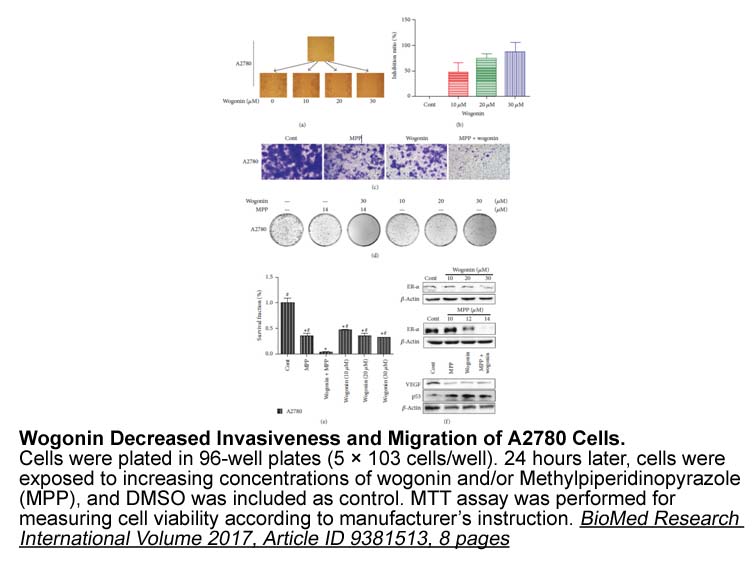
In contrast to sGC stimulators, sGC activators promote enzymatic activity of sGC containing oxidized heme iron (Fe3+) or missing the heme group. A-350619 is one of the oldest activators of sGC to be discovered. A-350619 increased sGC activation in a non-additive manner with respect to YC-1, leading
-
Recent studies on detailed biochemical and structural charac
2021-09-16
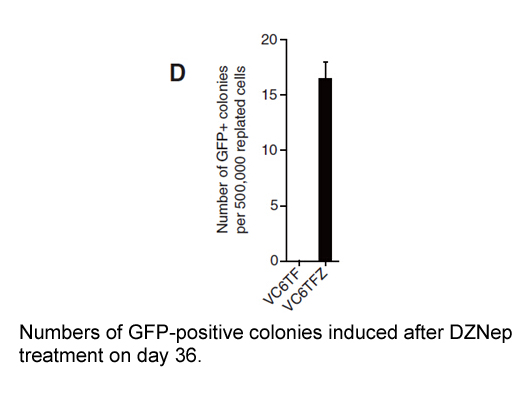
Recent studies on detailed biochemical and structural characterization of plant GSNOR acamprosate calcium confirmed their similarities to mammalian homologues [16], [17], [18], [19]. Compared to human GSNOR, plant GSNORs exhibit differences in the composition of the anion-binding pocket, which negat
-
Various inhibitors have been developed to target molecules p
2021-09-16
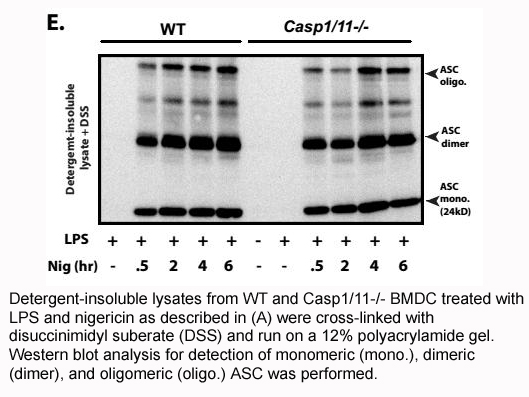
Various inhibitors have been developed to target molecules present in these pathways. They include both man-made monoclonal CL 316243 disodium salt australia as well as small molecule membrane permeable inhibitors that often target kinases or phosphatases [5], [338], [348], [364]. In summary, these
-
Finally a potentially effective therapeutic approach
2021-09-16
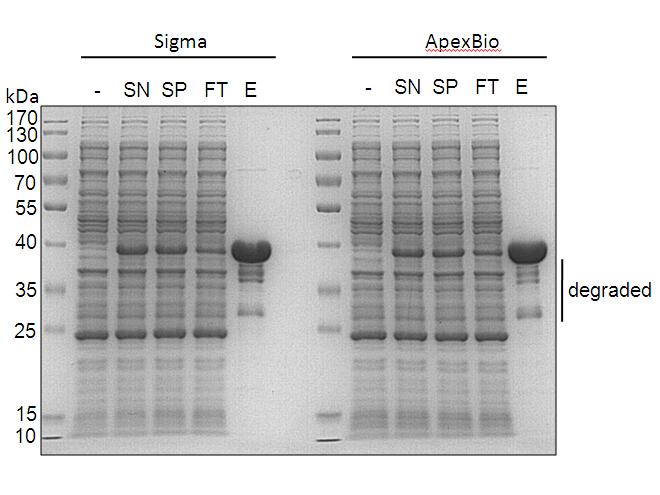
Finally, a potentially effective therapeutic approach is to target the LDH enzymes that mediate bidirectional conversion of pyruvate into lactate. In particular, because LDHA is the predominant isoform expressed in glycolytic tumours, an array of LDHA-targeting compounds have been proposed and valid
-
br The mode of binding of ligands to GPR
2021-09-16

The mode of binding of ligands to GPR35 As noted above, although kynurenic Dihydro-β-erythroidine hydrobromide is an agonist at GPR35, this is true for neither kynurenine [8] nor kynurenic acid ethyl ester [13]. This implicates a key role for the carboxylate group in binding and/or activation of
-
Our last area of exploration was the piperidine core as
2021-09-16
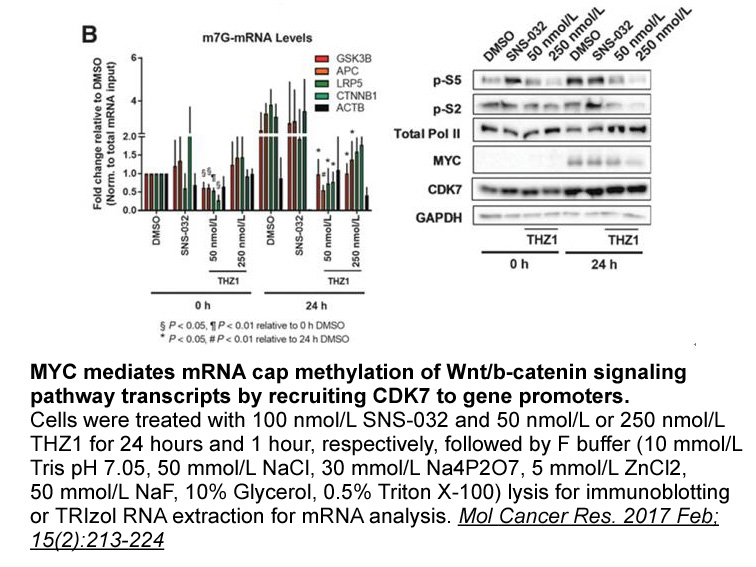
Our last area of exploration was the piperidine core as shown in . We rationalised that the basicity of the nitrogen (measured p=7.0) may be responsible for the affinity for the hERG receptor and we therefore sought to moderate this by incorporation of electronegative groups at the 3-position. To th
-
Because of its excellent GPR potency
2021-09-16

Because of its excellent GPR119 potency, good hERG selectivity and favorable rat t, estrogen receptor antagonist was scaled-up and further profiled. The synthetic protocols described in , were both suitable for a multi-gram scale synthesis of compound . An off-target screen was performed against an
-
pyruvate dehydrogenase kinase Tamoxifen is still the most fr
2021-09-16
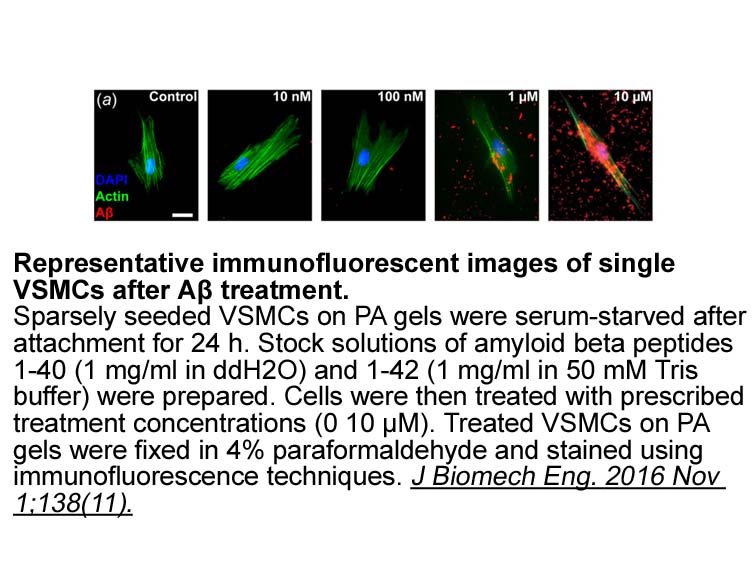
Tamoxifen is still the most frequently used selective estrogen receptor mediator (SERM) in premenopausal women suffering from estrogen receptor positive (ER+) breast carcinomas [15]. Although this therapy has been proven very successful, about 20–30% of ER+ breast tumors will not respond, or acquire
-
Recent research reveals that human alkyladenine DNA glycosyl
2021-09-16
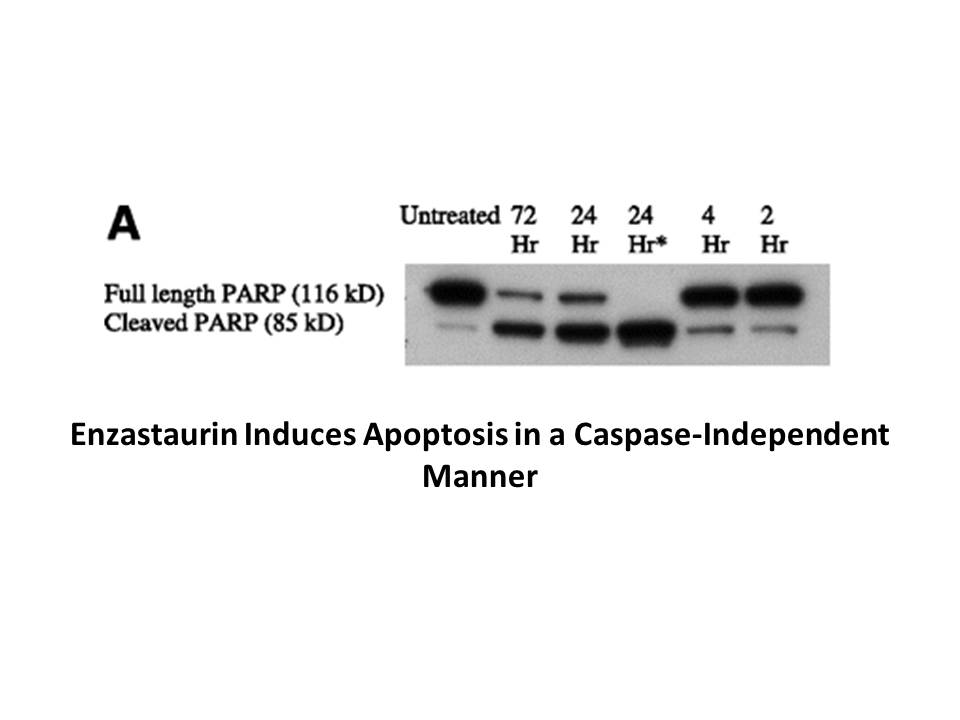
Recent research reveals that human alkyladenine DNA glycosylase (hAAG) is an important protein enzyme which can specifically recognize and excise a variety of alkylated purines and deoxyinosine from DNA [12]. hAAG plays pivotal roles in maintaining genomic integrity, and it is involved in NS 1619 mg
-
Initial studies generally focused on the co
2021-09-16
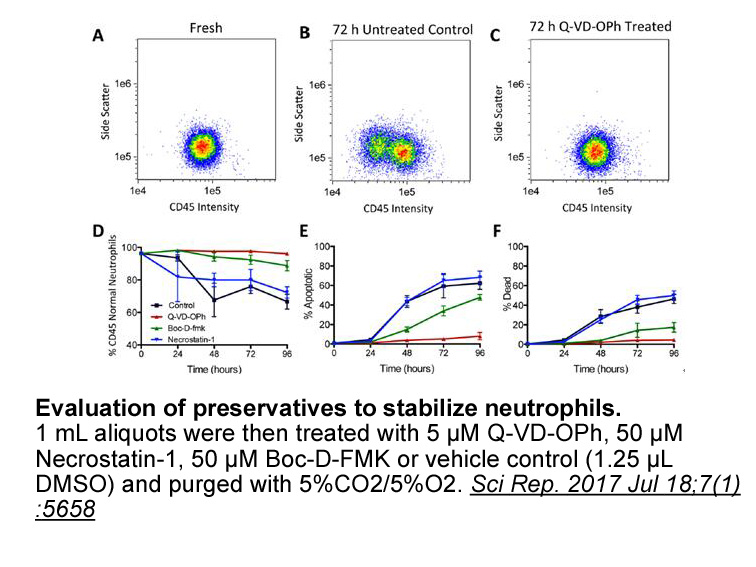
Initial studies generally focused on the co-administration of glutamate with transport inhibitors and clearly revealed the ability of the blockers to exacerbate excitotoxic injury in both in vitro and in vivo models (McBean & Roberts, 1985, Robinson et al., 1993a). In addition to demonstrating the c
-
br Materials and Methods br Results
2021-09-16
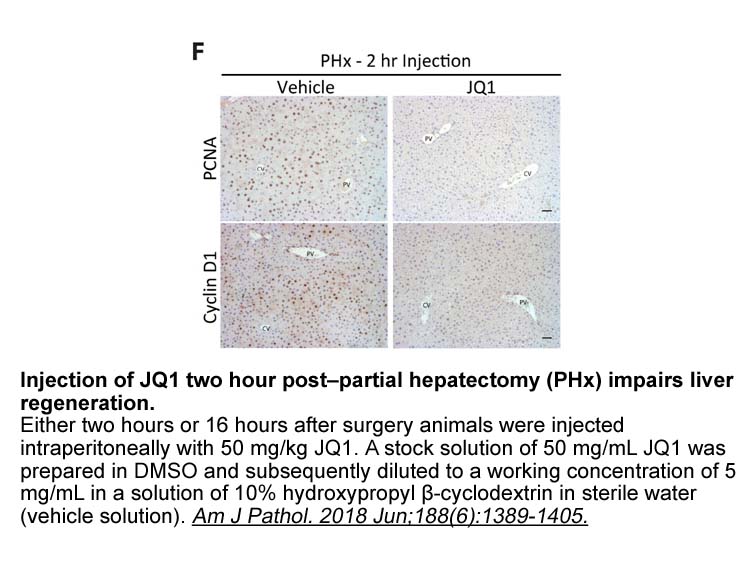
Materials and Methods Results Discussion A model of seizure and excitotoxicity induced by neonatal MSG administration was described recently (19) in which extracellular glutamate increased after the first and second MSG administrations were observed, the greatest increase seen following the
-
br Introduction Depression is a prevalent and
2021-09-16
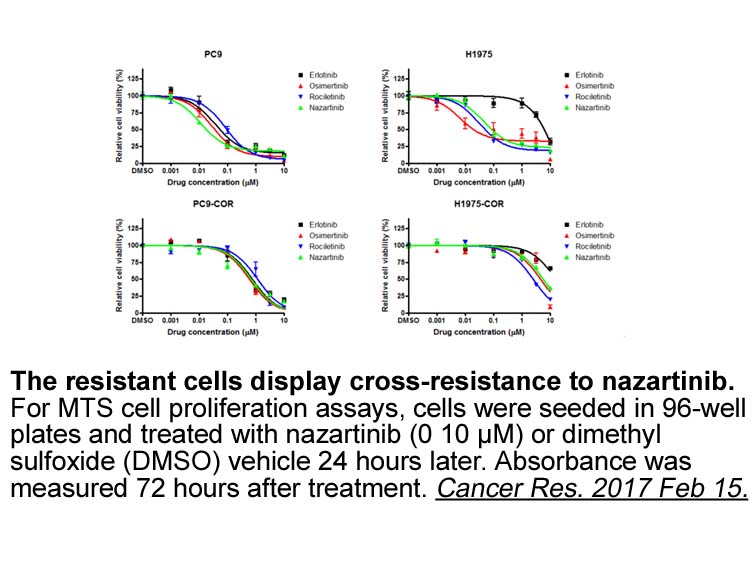
Introduction Depression is a prevalent and disabling psychiatric illness that affects millions of individuals worldwide, resulting in enormous personal suffering and public health costs [1]. Traditional antidepressants such as monoamine oxidase inhibitors (MAOIs) and selective serotonin reuptake
-
Regarding the causative diseases of
2021-09-16
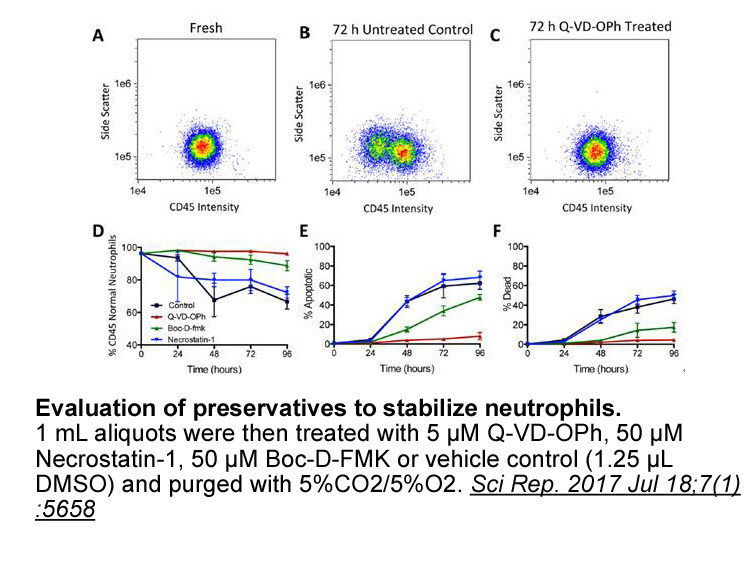
Regarding the causative diseases of ES, patients with unknown cause and those with encephalitis had significantly higher CSF levels of CPI-455 against GluN2B-NT2 and GluN2B-CT than the disease controls, but patients with genetic disorder and those with cortical dysplasia showed no significant differ
-
A majority of investigations of the GCK PFK FBPase interacti
2021-09-16
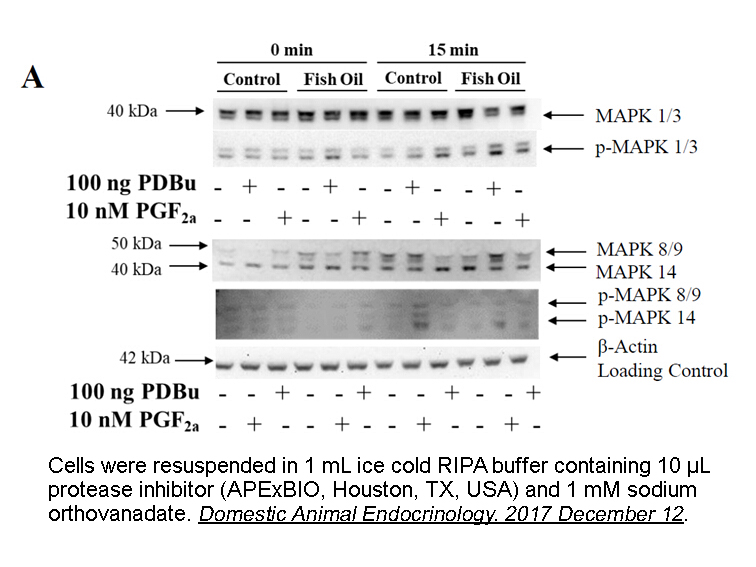
A majority of investigations of the GCK-PFK-2/FBPase-2 interaction have taken place within cells. Immunofluorescence studies in several fixed cell lines indicate that GCK colocalizes with PFK-2/FBPase-2 in the cytoplasm following overexpression [[68], [69], [70]]. Live cell imaging conducted on PCI-
-
GK also called hexokinase IV or D is a glycolytic
2021-09-16
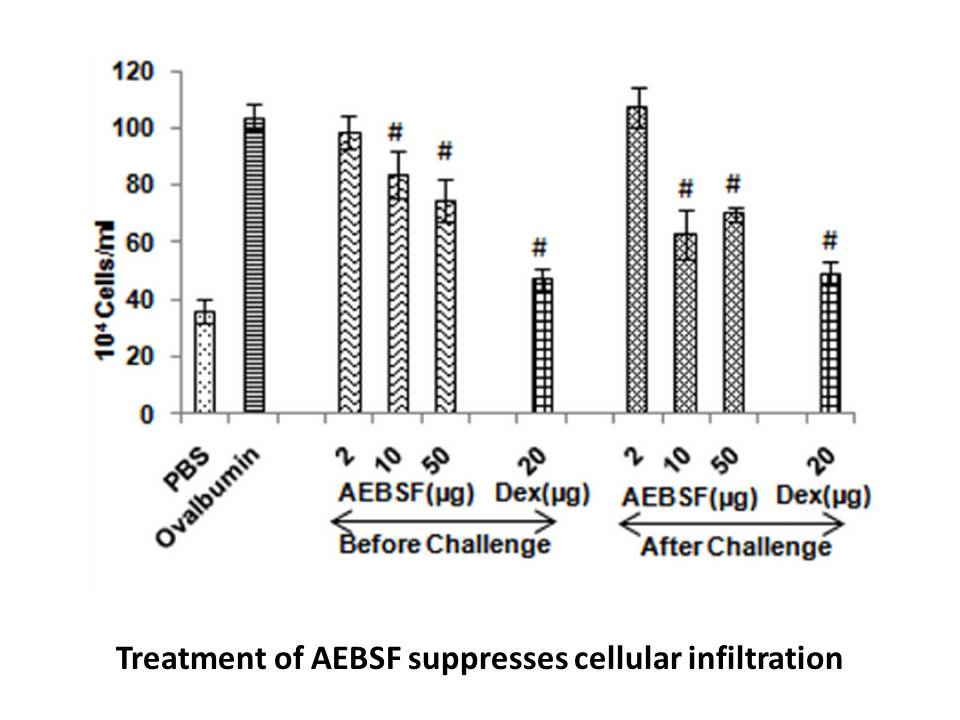
GK, also called hexokinase IV or D, is a glycolytic enzyme that converts RS 127445 HCl australia to glucose-6-phosphate. GK has unique characteristics compared with those of the ubiquitously expressed hexokinase isoforms I–III, and is predominantly expressed in the pancreas and liver. In pancreatic
16495 records 610/1100 page Previous Next First page 上5页 606607608609610 下5页 Last page